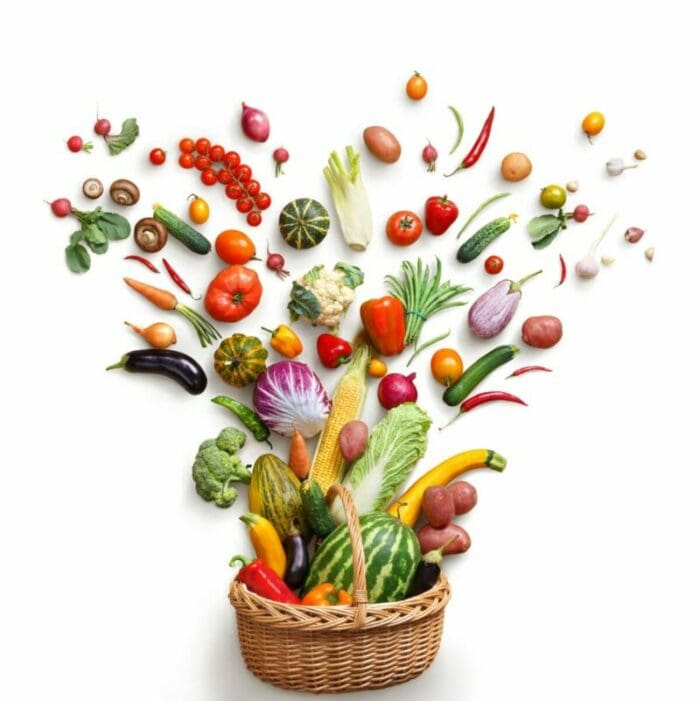
How to get enough protein as a vegetarian
This article was written by Melissa Palabiyik, a student in our Dietetic Internship program. Melissa is graduating this spring and is interested in working in a clinical outpatient setting.
As plant-based nutrition is rising in popularity, the question on “where do you get your protein?” still remains. It is important to meet our protein needs to maintain our muscle mass and for other body systems to function properly. Protein is also important in overall weight management. It helps keep us full and satiated in-between meals. However, it can be difficult for some vegetarians and vegans to get adequate amounts of protein in their diets. Animal products are rich in protein and therefore, cutting them entirely from our diet drastically decreases the amount of protein that we eat in a day. Whilst being difficult, with some strategic planning and a little bit of creativity, adequate protein can be achieved on a vegetarian or vegan diet.
Although animal protein such as meat and dairy are protein rich, there are many plant-based proteins options available. Beans and lentils can easily be added to soups, chilis, or salads as a protein option. Soy products such as tofu, tempeh, and soybeans can be used in stir fry’s, wraps, and sandwiches. Quinoa is a grain that can be mixed in with salads or stir fry’s. Finally, nuts and seeds are on the go snacks, sprinkled on top of parfait, or mixed into salads. You can also use cashews and nutritional yeast to make a pasta sauce. It can be hard at first, but once you find out what you like, getting adequate protein in your diet is possible.
When moving away from animal foods, it is important to use these strategies to be successful in meeting your needs. The biggest thing to remember when eating plant based is to add what you replace. If you eat spaghetti with meatballs, when you take away the meatballs, add a plant-based protein source such as homemade lentil meatballs instead. Another strategy is to transition slowly. Start by adding one vegetarian meal once a week, then slowly add more plant-based meals until cooking plant based begins to feel like a habit.
Finally, get creative! Be in the kitchen and experiment with new recipes. Plant based eating takes a little extra creativity to assure you are meeting your needs, so this is the time to try new cooking methods, new foods, and new spices and herbs. Try different flavor profiles when preparing tofu or different legumes. You might find new foods that you like!
Eating plant-based may not be for everyone, but we can all benefit from a little extra plants in our diets. Add what you take away, know your plant sources of protein, and most important, have fun in the kitchen! Make sure to talk to a Registered Dietitian before changing your diet for an individualized nutrition plan.
Recipe adapted from https://jessicainthekitchen.com/lentil-balls-with-zesty-rice-vegan-meal-prep/
